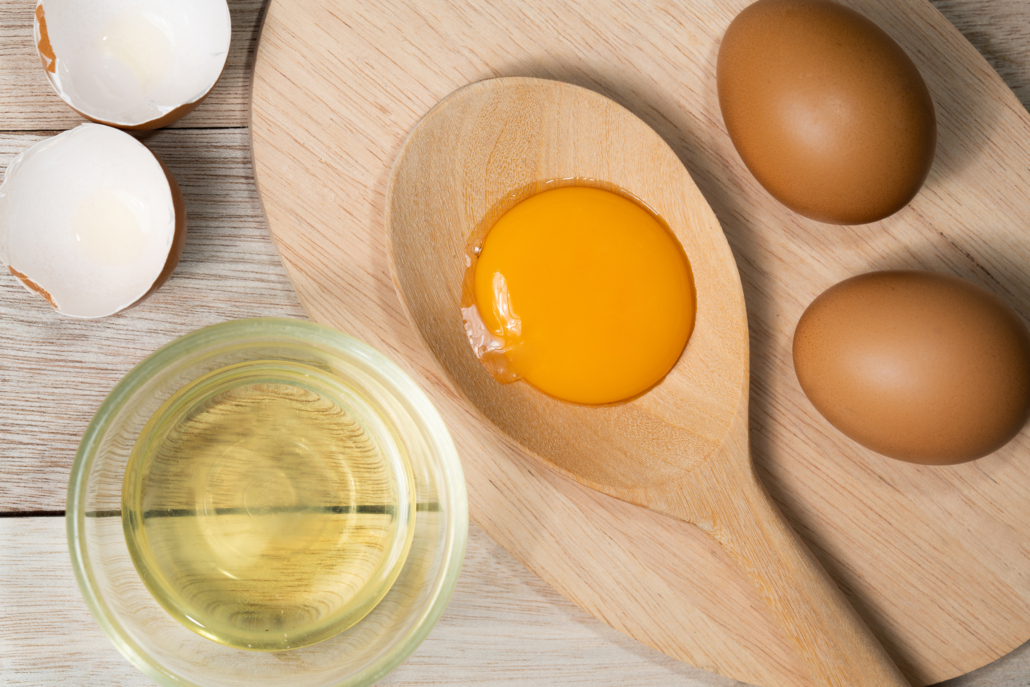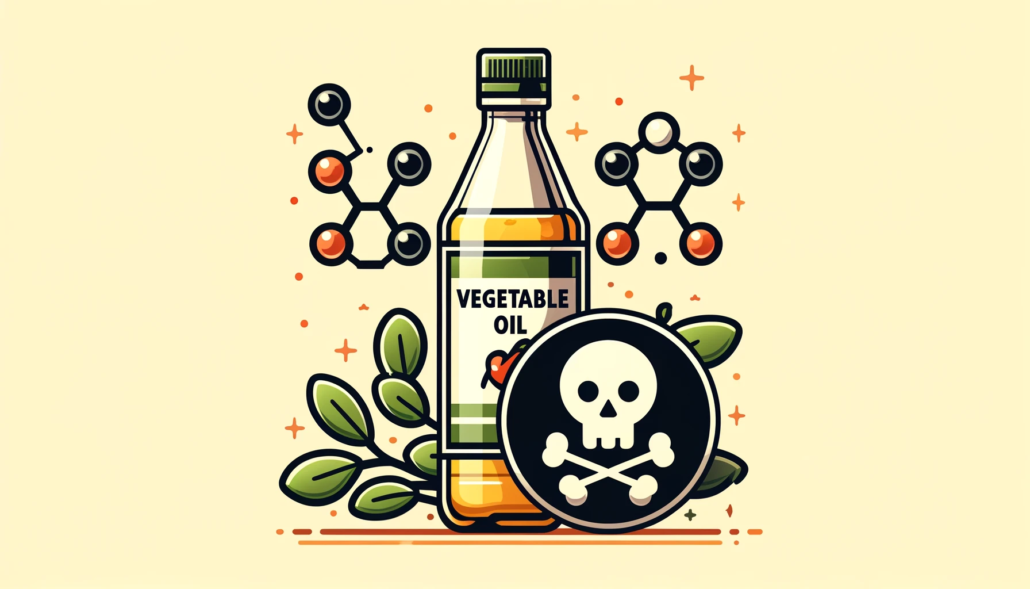We include products in articles we think are useful for our readers. If you buy products or services through links on our website, we may earn a small commission.
Benefits of Stretching: 9 Reasons to Get Started
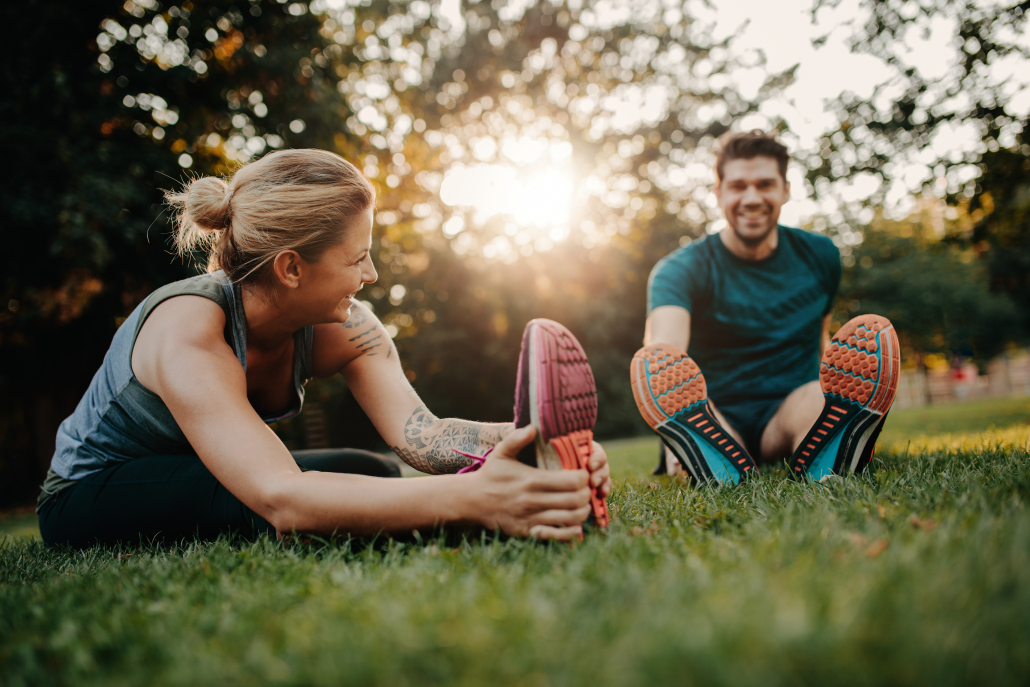
Table of Contents
Daily stretching has numerous benefits including reducing injuries, minimizing inflammation, increasing energy, and maximizing mobility.
The positive effects of stretching can seem subtle at first, which is probably why some people pass it up in favor of more intense exercises. No pain, no gain, right?
Not so fast…
The benefits of stretching are profound, especially in the long-term. Stretching has been shown to help:
- Improve your range of motion
- Enhance nearly every aspect of your athletic performance
- Decrease aches, pains, and risk of injury
In this article we’ll be looking at 10 of the most important health benefits of stretching.
What is stretching?
Stretching is a type of intentional movement that lengthens your body’s ligaments, tendons, fascia, and muscles.
At first this lengthening is temporary, but over time stretched muscles can become permanently more pliable and flexible.
Most types of movement include some degree of stretching by default. It usually takes a concerted effort to stretch a muscle beyond its normal range of motion.
Why is stretching important?
Movement-related injuries are on the rise. Young athletes and elderly people alike are placing excessive strain on their bodies by rushing into improper workouts before getting accustomed to increased joint strain.
When it comes to overuse injuries, your connective tissue is often the weakest link in the proverbial chain.
Outdoor activities like hiking, biking, tennis, and soccer may confer plenty of health benefits, but they can also increase your chance of torn ligaments and strained muscles (especially if improper form is used).
While nutrient deficiencies and related supplements get a lot of attention when it comes to these types of problems, many people — even health-conscious people — may be deficient in stretching.
Studies on Stretching
Studies of stretching have yielded confusing results.
Some studies have shown that stretching reduces one’s risk of injury, while others show that stretching before an interval session can lower peak performance and strength.
It’s possible that stretching may trigger a supercompensatory effect, like many other types of exercise, where the body eventually adapts to and overcomes stress by growing stronger/more flexible. This process may simply take some time for one’s body to get used to.
A more realistic approximation of stretching’s long-term value may be seen in how people have traditionally practiced it.
The history of stretching
Stretching has been practiced by ancient cultures all across the world, especially Asian cultures. In Chinese martial arts traditions, stretching is said to liberate Qi (a vital “life force” energy) from the muscles being stretched. Martial arts practitioners liken this effect to squeezing a wet towel and releasing its water.
Yogis — traditional practitioners of yoga — also hold stretching in high regard. From the yogic perspective, stretching balances prana (life force) and the nadis (the subtle energy pathways in the body).
Types of stretches
Stretching can be divided into three major categories:
- Static stretches
- Dynamic stretches
- Ballistic stretches
Static stretches
Static stretching is exactly what it sounds like: stretching in a still position.
To do a static stretch you simply find the end of any given range of motion, then hold yourself in that position. Touching your toes for 30 seconds is a perfect example of a static stretch for your hamstrings.
Raising your arms far above your head and holding them there until tension is relieved is another example.
Static stretching is one of the simplest and easiest forms of stretching, which makes it ideal for novice and experienced yogis/yoginis alike.
Static stretching is also effective at boosting recovery after a workout. Aim for 10-20 minutes of static stretching in your post-workout period.
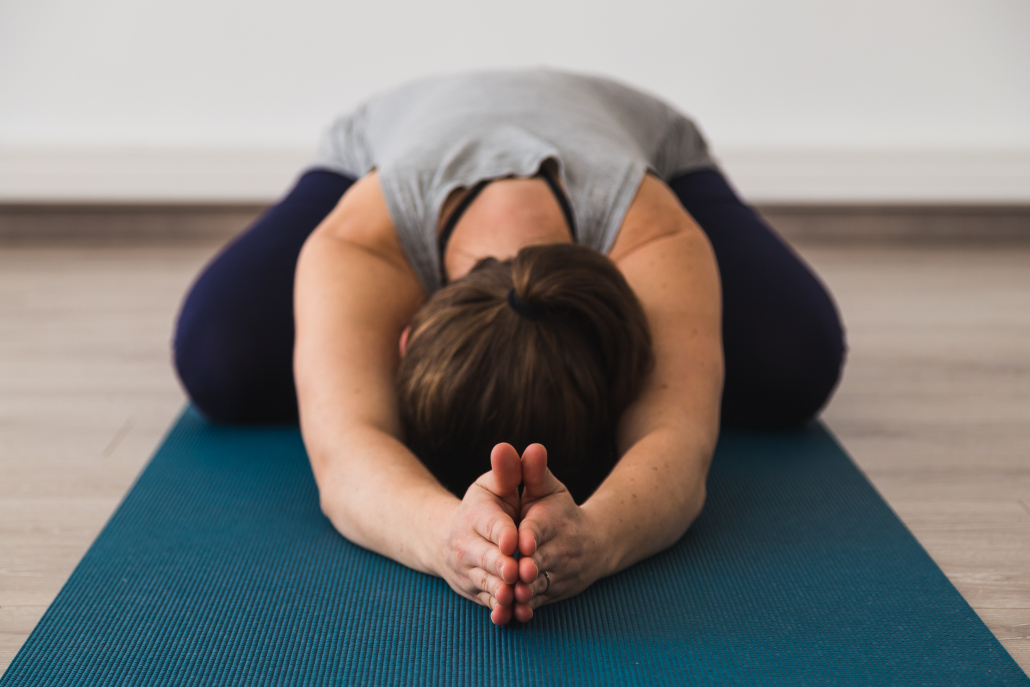
Dynamic stretches
Dynamic stretches aim to take the benefits of static stretching further by performing gentle movements that push the limits of your range of motion.
Examples of common static stretches include:
- Lunges
- Arm circles
- Squats
Dynamic stretching is commonly done to prime your body for the stress and strain of exercise — it can even provide a workout by itself! Aim for 5-10 minutes of dynamic stretching prior to more intense activities.
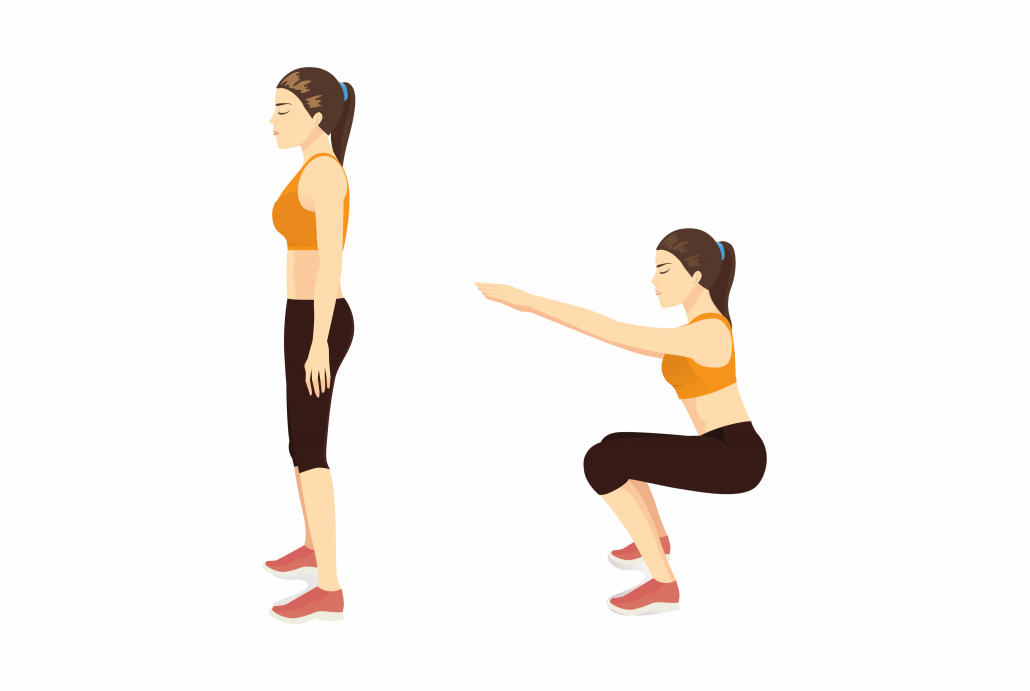
Ballistic stretches
Ballistic stretching involves using momentum to expand your range of motion. Bouncing lunges, explosive toe touches, and even high kicks are all examples of ballistic stretching.
Ballistic stretching is controversial and may increase your risk of injury, so it’s best reserved for people who already have some experience with stretching.
One 2014 study showed that ballistic stretching, like dynamic stretching, can be an effective pre-workout activity. This benefit may only apply to already-trained athletes, however, as the study looked at “voluntary male athletes.”
Benefit of stretching #1: Reduced stress
Regularly-stretched muscles hold onto less tension than other muscles. According to restorative yoga expert Judith Hanson Lasater , accessing this stress-free state is all about consistency. “Taking time out of each day to relax and renew is essential to living well,” she explains.
Yoga and other types of stretching have gained the attention of the medical community thanks to their ability to reduce stress and anxiety.
Yoga and other forms of stretching may even have a cannabimimetic effect — meaning they trigger the release of feel-good neurotransmitters from your body’s dedicated endocannabinoid system. If you enjoy supplementing CBD, you’re also likely to enjoy the mental benefits that come from stretching.
Benefit of stretching #2: Increased energy
It’s well-known that contracting a muscle ‘costs’ energy (ATP) and generates heat. ATP is short for adenosine triphosphate, a natural compound that supplies energy to our muscles.
Less well-known is that stretching a muscle ‘costs’ heat and generates energy (ATP) — in much the same way early martial arts intuited that stretching generated Qi!
In other words, stretching a muscle causes its latent energy(ATP) to get absorbed by the muscle where it can be used as energy.
The impact of ATP on muscle function is indeed profound. For example, when added to ‘frozen’ muscles, they become functional again. Endocrinologist Albert Szent-Gyorgyi took this concept to the extreme by demonstrating that even muscle cells in rigor mortis regained their suppleness when injected with ATP.
This concept may lie at the heart of how stretching provides vigor and energy to people who practice it.
The ATP generation that comes with stretching has other impressive benefits, too. One rodent study found that 40 minutes of stretching a week halved the tumor size of mice with cancer. Upon examining the tumors, researchers found signs of reduced inflammation and heightened immune function.
Benefit of stretching #3: Improved posture
Stretching can directly improve your posture by improving the health of the fascial networks that hold everything in your body together.
You may not have heard of fascia, but it’s a vital web-like connective tissue that binds muscles, organs, and other tissues to each other. The fascia is normally a rate-limiting factor that holds you back from going further on any particular stretch; by stretching, you’re also lengthening and relaxing your fascia.
Frequent stretching can also enhance your proprioception — this is your perception of where your body is in space. If you have a slouching habit, stretching may help you become self-aware enough to correct things.
They say that practice makes perfect, and stretching might just be the best way to practice perfect posture. Over time, stretching can relax tight muscles in the lower back and abdominal region making it easier for you to stand up straight. This makes stretching the perfect antidote for all the sitting we do in our daily lives.
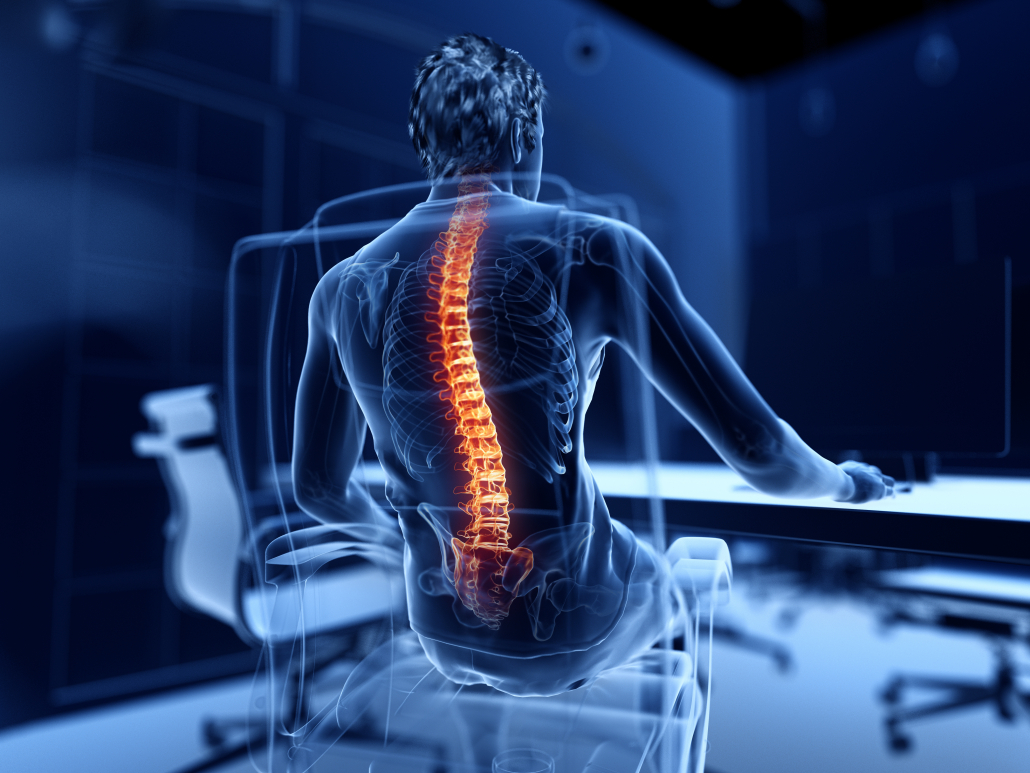
Benefit of stretching #4: Reduced post-workout inflammation
Most people find that they’re most flexible directly after a workout. In this post-workout period, muscles are warm and supple.
Stretching within an hour or two of your workouts may prevent your muscles from tightening up as they cool, in the process reducing your risks of aches, pains, and inflammation.
According to a 2018 study comparing three types of stretching, low-intensity movement is the best type for reducing soreness and inflammation. Low-intensity stretching had very likely or likely beneficial effects on perceived muscle soreness, eccentric peak torque, and isometric peak torque. In other words, only low intensity stretching seems to improve flexibility without negatively impacting the markers of muscular strength.
Benefit of stretching #5: Reduced muscular tension
Inflexible muscles are tenser than flexible muscles, though it’s unclear whether tension or inflexibility comes first.
Either way, stretching can help. Frequent stretching may enhance the circulation and oxygenation of muscles, allowing them to fully relax.
One study took this concept further by investigating the ‘flexibility’ of cancerous cells. As it turns out, cancer can thrive in stiff tissues!
“If you have a stiffer environment, the cancer cell can do more manipulation of its immediate microenvironment,” lead author Pinar Zorlutuna explains to ScienceDaily. “[…] In tissue with normal stiffness, the cancer cells did not interfere with the state of the surrounding stromal cells. In tests where the tissue was stiffer, the cancer halted the differentiation process of the surrounding fat stem cells, favoring a more stem cell-like state creating a microenvironment that favors a tumor to grow.”
Benefit of stretching #6: Improved mechanical efficiency
Elite athletes of all backgrounds are familiar with the importance of developing muscle memory. Tennis players and golfers practice each and every aspect of their sports’ motion, and powerlifters make a point to lift often enough to ‘grease the groove.’
Stretching makes this type of improved mechanical efficiency available to everybody. A more flexible joint experiences less friction as it passes through its range of motion, which makes its movement more fluid and supple.
You may not need to lift hundreds of pounds or hit a golf ball hundreds of yards, but you can still benefit from improved muscular efficiency. Virtually everything you do relies on freedom of movement!
Benefit of stretching #7: Improved response to exercise.
As we’ve mentioned, stretching can be great both before and after exercise — through different types are best at different times.
Stretching prior to exercise helps your muscles warm and loosen, which effectively primes them for the exercise to come. Old-school fitness enthusiasts took things a step further by stretching intra-workout, too. They believed this technique accelerated muscle gain and facilitated exercise recovery.
Stretching during your workout might be a way to regenerate ATP stores as soon as they get depleted. More research is still needed, but both theory and real-world practice imply that stretching before, after, and throughout one’s workouts is a good idea.
Benefit of stretching #8: Enhanced circulation
Stretching may bring ‘trapped’ blood into muscles and joints, allowing for better nutrient transport and circulation throughout the entire body.
Stretching appears to holistically improve many aspects of circulation. One study found that daily stretching enhanced “blood flow, endothelial function, capillarity, vascular volume and connectivity in aged skeletal muscle.” In other words, stretching may improve your blood flow, containment within capillaries, volume, and efficient transport.
The effects were so pronounced those study authors declared stretching a suitable replacement for seniors who weren’t able to exercise. Other studies have found that stretching may help reduce blood pressure.
Benefit of stretching #9: Balanced hormones
The impact of stretching on posture (see benefit #3) can have far-reaching effects.
That’s because your posture can impact your mood and hormone production. Proper posture can improve your body’s levels of oxygen, CO2, anandamide, testosterone, cortisol, estrogen, progesterone, adrenaline, and noradrenaline levels.
For an example of the hormone-balancing effects of stretching, look no further than Fertile Hope Yoga . Dr. Kiltz has found that many women who begin this yoga program don’t even need to consult with a reproductive endocrinologist in order to achieve fertility — the hormonal effects are that powerful.
Where to start?
As you stretch each day you’ll notice your body slowly getting more and more flexible. To make this process more rewarding, consider celebrating small milestones. Can you touch your knees? Excellent, next week see if you can reach you ankles.
If you can touch your toes, see how many sessions it takes to reach your fingers under your toes.
As your joints become more supple and your muscles become more charged with ATP, stretching will get easier and more relaxing.
Stretching ideas
Different stretching exercises can be used to target different areas of your body. Back stretches, hip stretches, and neck stretches are among the most popular — and functional — types of stretches.
You may also want to select stretches that balance out your normal movement patterns. If you spend most of your workday sitting, consider placing extra importance on hip flexor stretches.
Back stretches
You can do this backstretch while working, reading, or watching TV. All you need is an exercise ball or other soft/plush surface.
- Sit on an exercise ball in an upright position
- Curve forward, bowing your head down as much as possible
- Reverse positions by raising your head, tilting it back, and puffing out your chest
- Repeat this contracted/expanded movement as needed
Hip stretches
This floor-based stretch is designed to open up the hip flexors and increase overall mobility. As an added bonus, it feels really good!
- Lie on the floor on your stomach
- Bend your knee to raise one foot up into the air
- Grasp your foot with your other hand by reaching behind your back
- Pull gently on your foot as you twist at the waist (you should feel it in your hamstring)
- Repeat on the other side by using your other hand and other foot
Neck stretches
This neck stretch can be done anywhere, anytime. It’s meant to improve mobility and reduce neck pain.
- Lean your head forward while keeping your neck muscles relaxed
- Slowly roll your head to one side as far as you comfortably can
- Hold for ten seconds or more
- Slowly roll your head around to the other side in a circular motion
- Hold for ten seconds or more
- Repeat as necessary
Safety tips
Talk to your doctor first if you have any concerns about your new stretching routine. Other than that, here are some pointers.
Progress slowly
Stretching cold muscles too quickly can be a bad idea. Consider going for a walk or doing other light activity before you begin stretching. Also consider stretching later in the day, as opposed to in the morning — you’ll probably be more flexible then.
Don’t push past comfort
Avoid bouncing and ballistic stretching, especially at first. Your stretching should feel controlled and intentional. Stretch to the point of slight discomfort, then back off a little until you find a sweet spot you can hold for 20 or 30 seconds. When it comes to stretching, listening to your body is the key to safety.
The Takeaway
Flexibility is a skill that can enhance and support every type of movement you do in your life. Daily practice of flexibility has been shown to help avoid injuries, minimize inflammation, increase energy, and maximize mobility.
The improved flexibility that comes with stretching can make other low-impact activities like swimming, yoga, and walking more enjoyable.












